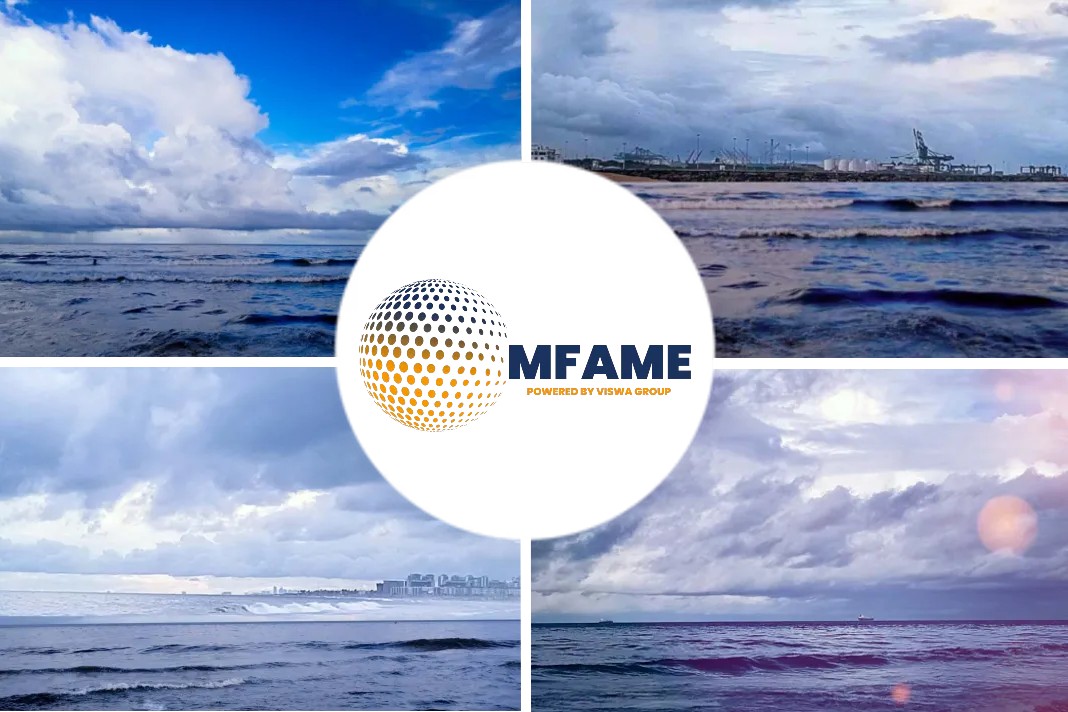BW LPG, the world’s top VLGC owner and operator, has 19 very large gas carriers from its current fleet of 46 it owns and operates, that can be converted to use LPG as fuel to meet the International Maritime Organization’s global sulfur cap rule for marine fuels, its chief executive said.
Martin Ackermann told S&P Global Platts in a recent interview that the engines of those VLGCs can be retrofitted to use LPG. “It seems the challenge here is of course the capex investment, which is attached to this retrofitting, which is significant.”
“You’re probably talking about $8 million to $9 million per ship to retrofit a ship with LPG propulsion.”
Ackermann said not many shipowners would be able to make such a big investment to convert ships and would rather choose to use compliant fuel.
BW LPG on May 29 offered to buy its competitor Dorian LPG in a $1.1 billion all-stock deal, which Dorian declined on June 15.
Dorian LPG, which has a fleet of 22 modern VLGCs, is also considering converting nearly half its VLGC fleet to run off LPG to comply with the IMO 2020 rule.
IMO’s decision last year to implement a 0.5% global sulfur cap for marine fuels starting January 1, 2020 from the current 3.5%, has left shipowners grappling with options of using marine gasoil, 0.5% sulfur compliant fuel, scrubbers with high sulfur fuel oil, or alternative fuels such as LNG, LPG and methanol.
Ackermann projected that 96% or more of VLGCs in the global fleet will be running on compliant fuel in 2020. The industry now has a VLGC fleet of 263 on the water, and 37 on order from this year to 2020 as of April 2018, with six vessels delivered year-to-date, industry data show.
He said the investment for scrubbers which is around half of the investment for LPG propulsion, would likely need to be depreciated over only a couple of years, whereas retrofitting VLGCs for LPG propulsion is a life long investment and upgrade.
LPG is extremely clean and efficient compared to compliant fuel and high sulfur fuel oil, 11% better efficiency, 20% less nitrogen oxides, 97% less sulfur oxides, 24% less green house gas emissions and 90% less particulate matters, Ackermann added.
He said BW LPG has yet to start retrofitting works and will do so when the vessels undergo regular repairs, adding while the company has identified yards that they have been negotiating with and found solutions, it was premature to announce them.
He said the two newbuildings BW LPG have on order are currently not fitted with LPG propulsion, though LPG engines have developed quite fast.
“They are now having it ready for LPG. But there are no ships on the water burning LPG yet. They are just getting ready. I can tell you that at BW we have vast experience with dual fuel. We have already 23 LNG carriers that are dual fuel, I myself have developed the dual fuel project with ethane burning engines,” he said.
NEED TO COMMERCIALIZE SWITCH TO LPG
Ackermann said BW LPG’s clients and charterers are “very positive when we speak to them about” this shift to LPG as marine fuel, which to them is still a concept right now.
“They are thinking it’s very interesting if we can take this live,” he said. “But for us, we need to try to commercialize this in some form and either we get a little bit higher charter so we can recoup the capex investment, or we get the savings back through fuel savings when the ships are in operation. Either way, we need to have some formula there which we are discussing with our clients.”
Ackermann said cost savings from using LPG as marine fuel will depend on the forward curve of fuel. “But compared to compliant fuel, there’s potentially significant cost savings in thousands of dollars per day by using LPG compared to compliant fuel.”
“By taking the current fuel spread from 2020, let’s say it’s within reach to think about savings in the magnitude of anything between $2,000-$5,000 a day depending on the assumptions that you put into the calculations.”
BW LPG had previously said assuming MGO and propane prices of $600/mt and $350/mt, respectively, in 2020 using propane as a bunker fuel would lower bunker costs by about half compared with using MGO as bunker fuel.
“For many reasons, LPG is the future play of propulsion of gas carriers and possibly also on many other installations. But I don’t think [of] LPG as a competitor to LNG. I think it as complementary to LNG in a way that if you compare the two solutions side by side, LNG is a little bit more efficient if you compare the calorific value on the specific two products next to each other but installations-wise it’s about the same.”
He said there are also hundreds of ports around the world that have LPG loading and discharging facilities, as well as a fleet of smaller LPG carriers that can be used for bunker purposes, if required.
“The flip side of that coin is that it may put a little bit of price pressure on the product [LPG]. But as long as we have ample supply, at least as far I can see we have in this world, then we don’t have any problem on that front, relative to other fuel,” he said, adding volume needed for bunker is so small at this stage the upward price pressure would be minimal.
(Corrects headline to can convert and quote in para 12 to BW. In para 5, adds … which Dorian declined on June 15; amends para 9; adds para 10 in story published Jun 25)
Did you subscribe for our daily newsletter?
It’s Free! Click here to Subscribe!
Source: Platts
























